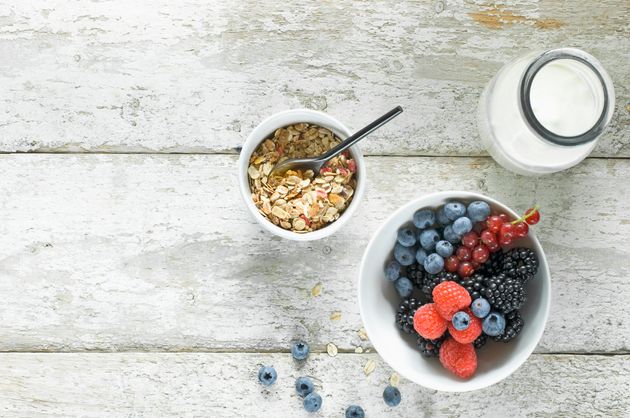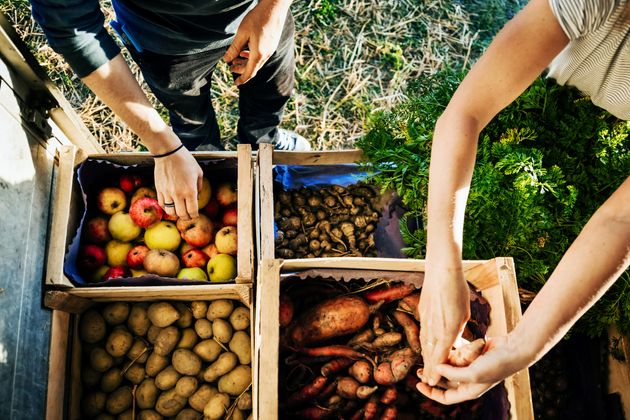One place that you likely go though enough plastic to make David Attenborough wince is your kitchen. From food packaging to bottles of washing up liquid, there’s plenty to plough through – even if your home is on the smaller side and you’re living alone or with one other person.
Jen Gale, a sustainable living specialist, says: “Plastic has become so ubiquitous that we tend not to even notice it anymore. It’s everywhere – from the moment we step out of bed into our slippers, to the bottles of shampoo and conditioner in the shower, to the milk we put in our morning cup of tea.”
At first, Gale says, realising how much plastic is in everything can be overwhelming. She believes the best thing at first is to go for the easy wins.

Cut down your food and drink packaging
“Plastic itself is not necessarily the bad guy,” she says. “What we really need to focus on first is single-use plastic – and in our kitchens this is usually packaging for our food and drinks.”
Quick changes are possible, starting with small acts like not buying bottled water. Either choose filtered tap water in a reusable glass jug or a BPA-free metal bottle.
“Anti-plastic campaigners talk about the “Big 4” single-use plastics: water bottles, carrier bags, straws, and coffee cups,” says Jen.
“Also replacing the dreaded clingfilm around sandwiches, in packed lunches, and covering leftovers. Beeswax wraps are all the rage, or there are various reusable clingfilms available that can be simply wiped and used again.”
To avoid plastic milk containers, some people are reverting to milk in glass bottles, via local milkman services, or you can DIY oat milk, by blending soaked oats with water, before straining into a glass bottle. As for straws, they now come in steel versions, or compostable paper.

Bag it up
Ever since the 5p charge was introduced, most of us have become savvy about taking our own shopping bags. But a key culprit is also those pesky plastic bags that we use at the supermarket to put our produce in. To combat that, Lakeland sell reusable bags for fruit and veg, while a few places offer biodegradable bin bags.
Make your cleaning products clean
Some people suggest making your own dish soap, but for those of us who don’t have tons of time on our hands, using services like Ecover’s refill stations are an easier way. You take your glass container and go to one at your local supermarket or health food store. They also sell refills in bulk so you can top up at home.
A quick win is also to stop buying dishwasher tablets that come individually wrapped in plastic. Go for the powder version, which comes in a cardboard box and works in the same way as detergent in your washing machine.
As for scrubbing brushes, opt for a wooden one with natural fibres. The Plastic Free Shop has some beautifully designed alternatives.

Don’t throw everything out
Once people have made the decision to go plastic-free, they tend to purge everything plastic from the kitchen. But as Jen sensibly points out, that just adds to the mountain of plastic waste.
Obviously, chucking out perfectly good plastic containers in a bid to become plastic free makes zero sense – hello extra stuff in the waste pile. But rather than buying more plastic, when yours wears out, choose an alternative.
Some people choose steel containers with a glass compartment to see how full or empty it might be, while others prefer glass. Bamboo-lidded glass containers are friendly to the environment – not to mention super Instagrammable. That can also extend to implements in your kitchen, swapping plastic cutting boards for bamboo, and switching to glass mixing bowls.
“Even when it’s disposed of correctly,” says Jen, “plastic takes hundreds, maybe even thousands of years to break down in landfill, and actually breaks up, rather than breaks down, meaning it fragments into smaller and smaller pieces which can then enter food chains.
“Single use plastic is something we can use use every day, and therefore, it’s one aspect that we can all take action on without too much upheaval, and see very visible results, very quickly.”


